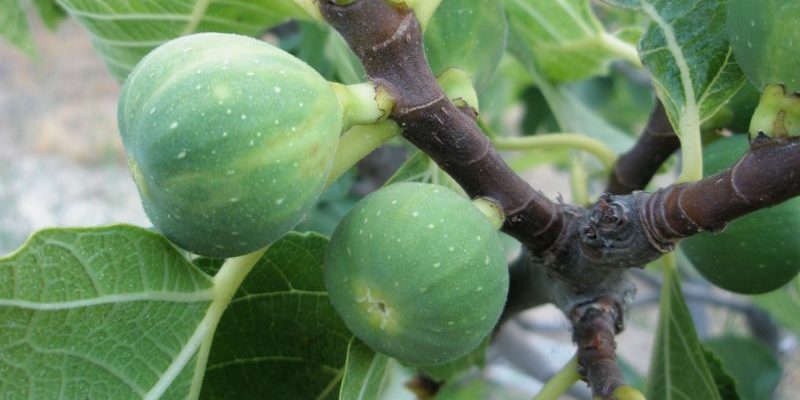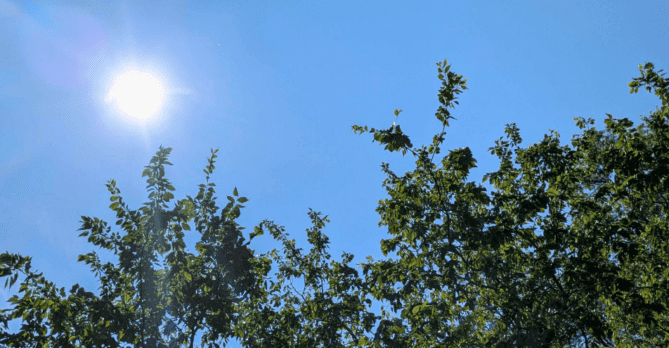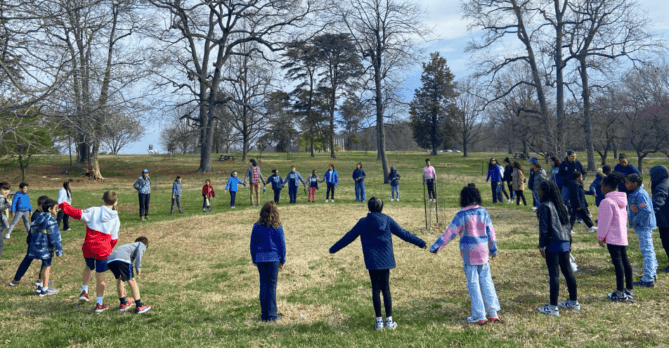
With 800 species in the family, Ficus (or the fig tree) is by far the largest genus in the Moraceae, and is one of the largest genera of flowering plants you’ll find. Many fig species are grown for their fruits, though only Ficus carica (aka the common fig) is cultivated to any extent for this purpose, and for this reason we’ll focus mostly on this low maintenance, prolific fruit producer.
Related to the mulberry, the fig’s alternate, simple leaves have similar lobes, forming broad rounded teeth. At maturity, it forms a 10’-15’ wide and high, broad, rounded form; it’s a very wide spread and frequently planted ornamental landscape plant. Once you train your eyes to notice their typical branching habit and form and their very uniquely lobed leaves, you may be surprised at how abundant they are planted across the District, especially in many older homes.
As mentioned previously, this is a very reliable fruit producer that’s enjoying a resurgence amongst the urban agriculture and permaculture communities. It doesn’t require fancy cross pollination to reliably produce fruit (though the genus’ evolutionary relationship with wasps is fascinating(!) – “a constant source of inspiration and wonder to biologists.”) Figs produce for several decades (but live upwards to 200 years) and fruit forms on only new and 1-year old branch growth. Interestingly enough, you may be able to reap two harvests: late spring and mid-summer. Fruit is ripe on the tree when soft, but you will need to keep close watch as your figs ripen to beat the starlings to them!
Cold hardiness may be the species’ main limitation. Fig was widely planted around older homes across the south, and does well in Zone 7 environments. Following past harsh winters, many figs suffer substantial branch die-back. Not a major concern, though – you can always help the fig bounce back by pruning all the deadwood off. Check for live cambium before pruning and if possible, prune back to any live tissue (and ideally to an outward-facing bud or branch).
Ideally suited for small urban and suburban yards and tight spaces, but they especially thrive in warm, sheltered spots against buildings in full sunlight, where they can be protected from harsh winter temperatures, soak up solar radiation and enjoy a warm micro-climate.
In urban environment, it’s smartest to choose a winter hardy variety such as the “Chicago Hardy” or “Brown Turkey.” If your site is exposed, you can create a windbreak from the winter winds, or for the more ambitious, you can wrapped your tree in burlap or paper, or insulate it with leaves or other creative insulating measures.
Have a great recipe or particular story about a fig tree? Please share!

